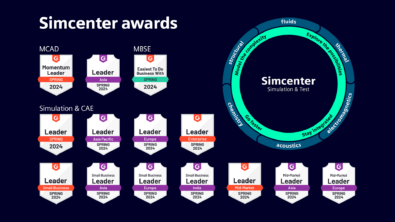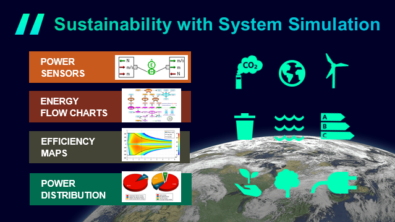Saving the planet, one turbine simulation at a time
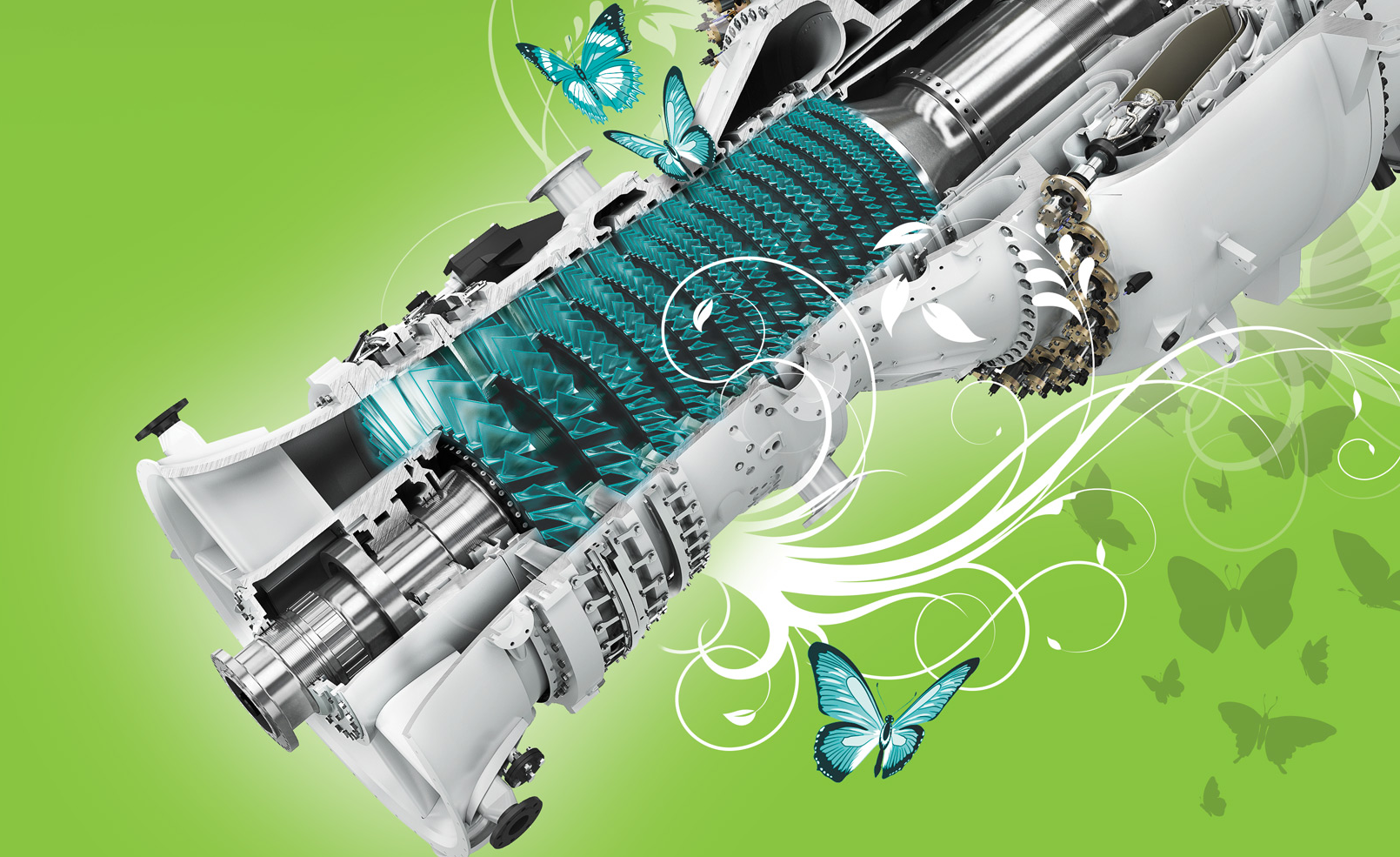
Listening to the turbine experts: a review of 2020
Can a turbine simulation save the planet? One simulation alone is not enough. But one simulation with that intent can inspire other engineers and researchers to do the same. This butterfly effect is happening today in turbine design.
I live in Sweden, the same country as Greta Thunberg. Her message is that we must act now to save the planet. For a long time, Sweden’s electricity has come mainly from Hydropower and Nuclear power. But lately a lot of focus has still been on building wind and solar power plants. Here in Sweden we also have more trees being grown than being cut down. As a result we are close to being carbon negative, transportation and industry included.
With this country-wide energy focus friends often ask me why I work with gas turbines. Surely, they are not needed? I rarely get them to listen to my answer for more than a few minutes, as in my enthusiasm it quickly gets technical! But in short – I do it to save the planet. Or rather, we do it to save the planet. Because I am not alone in this effort. Many people work on making turbines run more efficiently, with fewer – or even no – polluting emissions. We can’t do everything by ourselves, but our work can inspire others and together we can create a clean energy future.
My small part in this plan is to make sure the actual makers of gas turbines have the best tools in the world for designing new and better electricity generating or flight enabling propulsion products. In this blog, I take a look at the many ways we saw in 2020 that turbine companies are using our simulation tools to do just that.
The butterfly effect
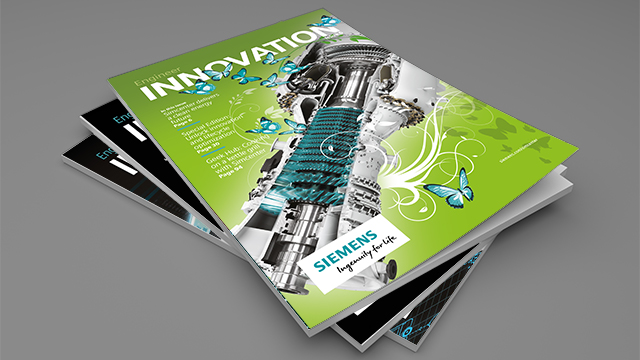
A researcher or an engineer lives and breathes the very essence of standing on the shoulder of giants. Very few will become the new Albert Einstein, Nikola Tesla or Werner von Siemens. But every engineer does their small part, working to understand what others have done before, then improving on that or redesigning it from the ground up. Each of those individual contributions add up to huge technical progress. You can see this butterfly effect in the articles in the latest edition of engineer innovation: different engineers, using simulation in different ways, but with one clear aim: improving turbine and power generation performance.
Taking turbine simulation to the next level
In order to have the most efficient and reliable turbines you need to utilize the most efficient software for design and simulation. Siemens Energy recently presented how they are taking their CFD simulation to the next level for high fidelity aerodynamics. By combining combustion and aerodynamic turbine simulations together in Simcenter STAR-CCM+ they are predicting blade temperatures even more accurately. This combined discipline approach allows them to increase turbine efficiency by lowering cooling air consumption.
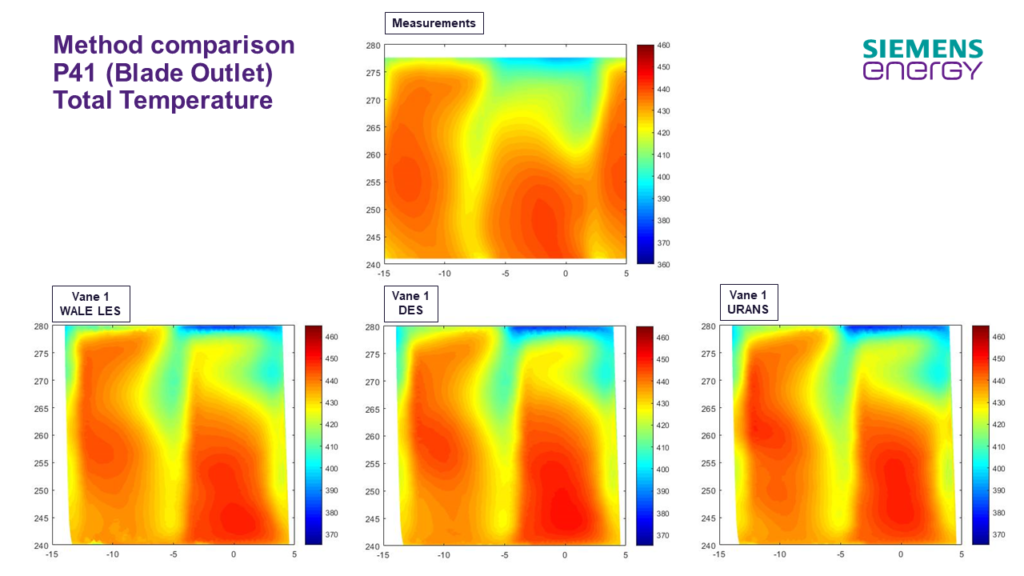
This work is an extension of Siemens Energy’s previous combustion research described in engineering innovation. As I stated at the start, with the best tools one engineer can do much, but a team can push the limits of what is possible and truly make a difference.
Understanding future fuel combustion
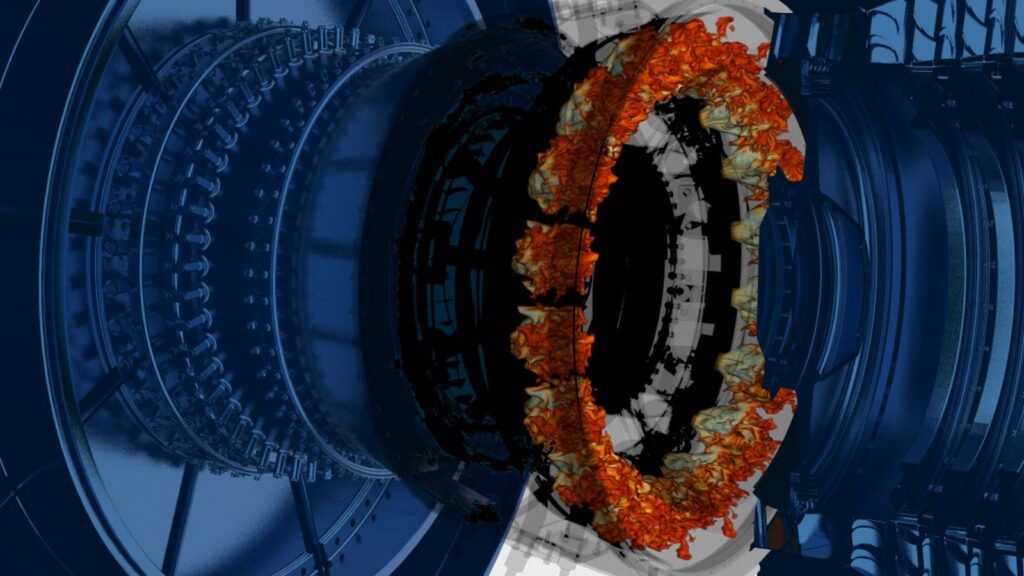
A gas turbine is a thermodynamic masterpiece. Due to the high power output and thermal efficiency it is one of the cheapest and most compact ways of generating either electricity or propulsion. Most turbines use natural gas as a fuel source: when burnt, the two major emissions from a gas turbine are H2O and CO2. But does a gas turbine have to run on natural gas? Watch this webinar from B&B Agema to learn how they used simulation as part of designing the world’s first gas turbine to run on pure hydrogen. This means the only emission will be water, which makes hydrogen an ultra-clean fuel. This turbine has now been tested and verified.
This webinar gives an excellent example of Simcenter STAR-CCM+’s combustion capabilities. Simulation is the safest, fastest, most accurate way of predicting how new fuels will behave.
Listen to the experts
One of Greta Thunberg’s common messages is “Listen to the experts!” So what do the experts say when it comes to turbomachinery? One of the largest conferences each year is ASME IGTI Turboexpo. Every year experts connected to industrial turbines and aero engines present the latest when it comes to turbine development. This year Simcenter STAR-CCM+ was used in more than 43 papers. This is twice as many as in 2019! The papers covered all different disciplines of CFD: thermal design, combustion, and axial/radial aerodynamics.
One of my favorite papers this year is Numerical and analytical investigation of heat transfer mechanisms and flow phenomena in an IP steam turbine blading during startup. (Paper#: GT2020-15537). Its main research is to enable simulations of both aerodynamic performance as well as heat transfer for a start up procedure. Why is this so important? Because these days a powerplant must start and stop much more often. To be able to balance renewable energy supply when the wind is not blowing or the sun is not shining, conventional power producers cycle up and down in load a few times each day. This operating cycle can lead to thermo-mechanical fatigue.
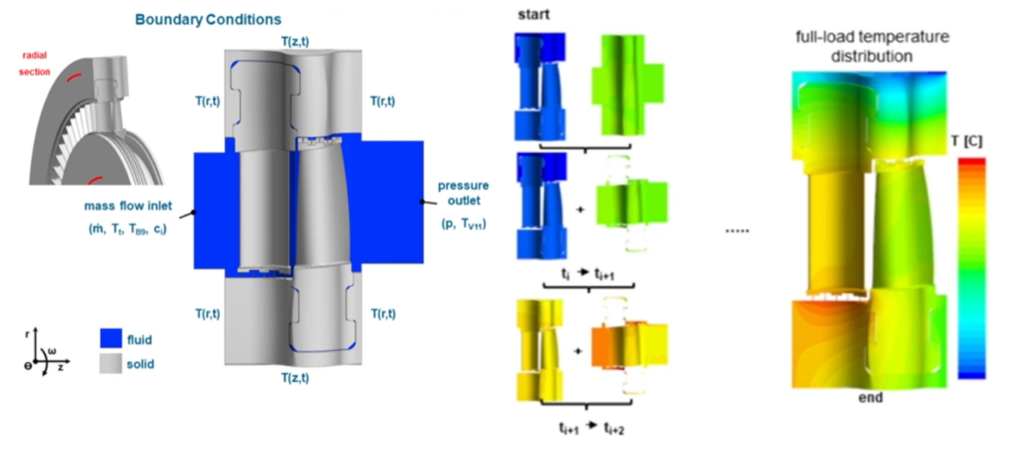
Understanding the turbine performance during these transient phases is vital so we can predict and improve blade and turbine structural integrity. This is the first time I have seen work like this carried out. I was fortunate enough to be able to invite the authors to present at Realize Live 2020 as well. The presentation recording will be available soon.
I am proud that Simcenter STAR-CCM+ is enabling companies to investigate complex problems like this. I am looking forward to seeing more on this in the coming years.
Listen to the experts – again
And of course, we should not forget the experts we have in Siemens Digital Industries software. Keep an eye on the blog for regular updates from our industry specialists. For further reading in case you have missed them:
The Art of Turbomachinery by Justin Hodges
Enjoy tuning your simulations? Look away! By Chad Custer
This post is just a short look back at what has happened in turbine simulation last year. But if we look at the bigger picture, these examples are just a small sample of all the work being carried out. Engineers are working together to make efficient gas turbines: cleaner, greener, safer and more reliable than ever before. One idea, one engineer, one simulation, starts it off. Once set in motion these ideas, and simulations, can grow to 100s and 1000s, and the ultimate result is summarized in this video: operational excellence.
